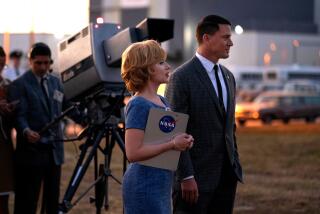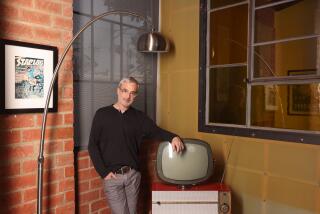IT IS ROCKET SCIENCE
- Share via
The final two episodes of “From the Earth to the Moon” have been broadcast on HBO. This series, to the credit of Tom Hanks (“Fly Him to the Moon,” by Paul Brownfield, April 5), was not only entertaining but remarkable for its attention to minor details that are part of the larger sweep of any endeavor.
The recounting of this magnificent milestone of human aspirations and engineering was disappointing in that, like earlier depictions of space projects, the story begins after all the hardware has been delivered to the launch site. Without question, the skill, dedication and courage of the men who made the journey to the moon is unmatched in history, but with the exception of the episode on the development of the lunar module, the series left the impression that the entire Apollo program was accomplished by the astronauts and mission control.
Admittedly, the series is a piece of show business, and human viewers are drawn to the joys and perils of other humans. But there was drama, little known and never shown, to be found in the creation of the vehicles and their engines. The rockets, whose steady flame was seen propelling the Saturn, were fire-breathing dragons that some engineers doubted could ever be tamed. In the beginning there were as many failures as successes in the engine tests. After many a spectacular conflagration, you were left with charred fragments and a stack of wavy lines to be interpreted as to the cause of the disaster, and by God, you had better be right!
The development phase of those rockets had its share of adventures and heroes--the engineers I worked with at Rocketdyne who committed themselves to ensuring a safe ride for the astronauts who came later.
WILLIAM VIETINGHOFF
Thousand Oaks
More to Read
The complete guide to home viewing
Get Screen Gab for everything about the TV shows and streaming movies everyone’s talking about.
You may occasionally receive promotional content from the Los Angeles Times.






